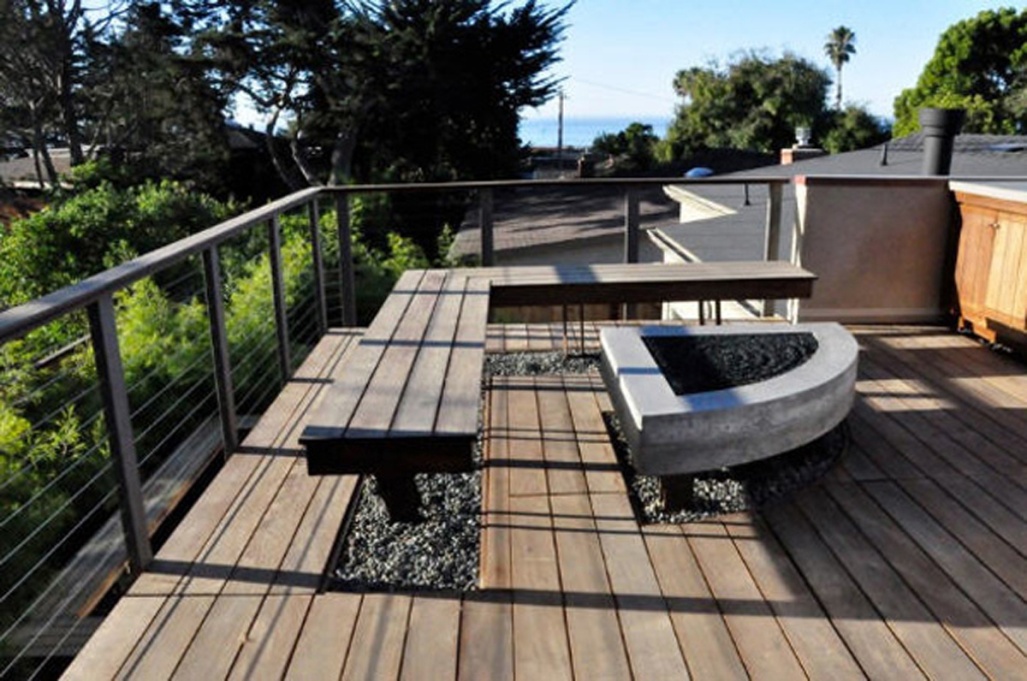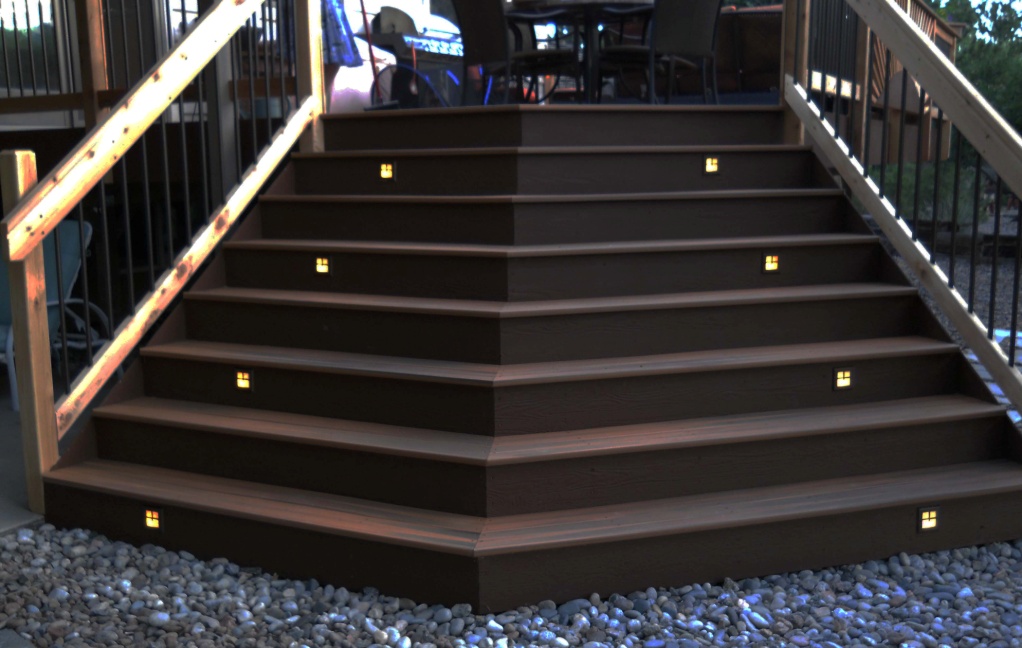OUTDOOR/EXTERIOR HOME IMPROVEMENT
Decks, Gazebos, Pergolas, Canopies, Docks, Extensions and more.
WOODEX is your local builder of choice for outstanding craftsmanship and innovative outdoor designs that will enhance your property’s curb appeal.
The most common question we encounter on WOODEX.CA is, "What is the best material?" Unfortunately, there isn't a simple answer. There are multiple products to choose from, with various categories and prices. To help you narrow down your choices, there are several considerations to take into account.
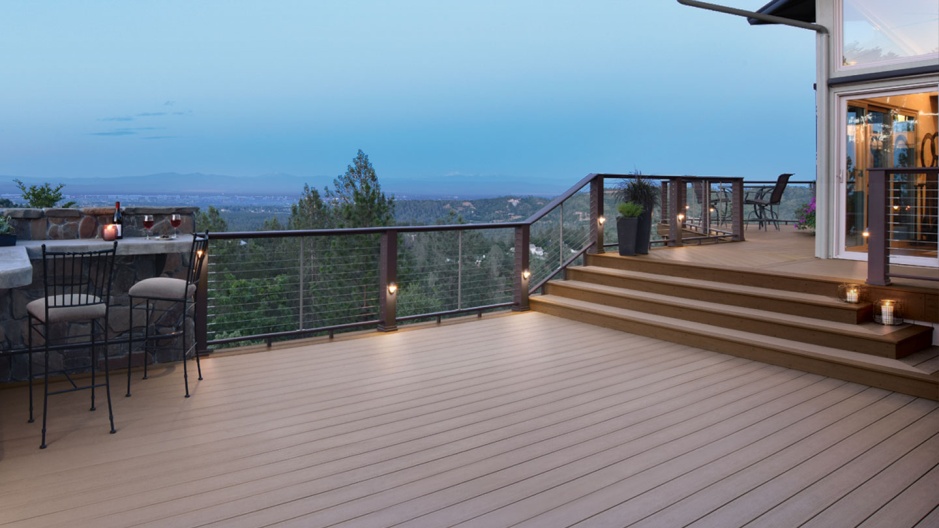
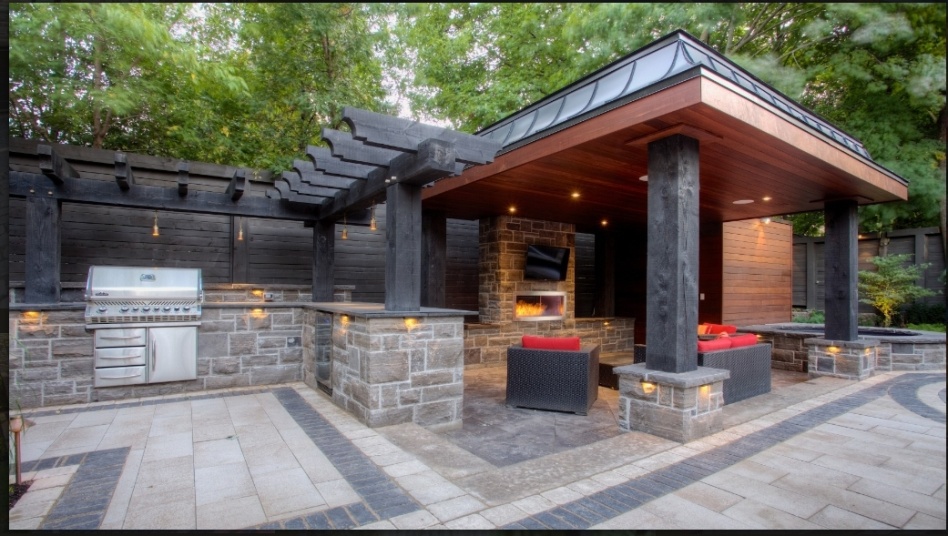
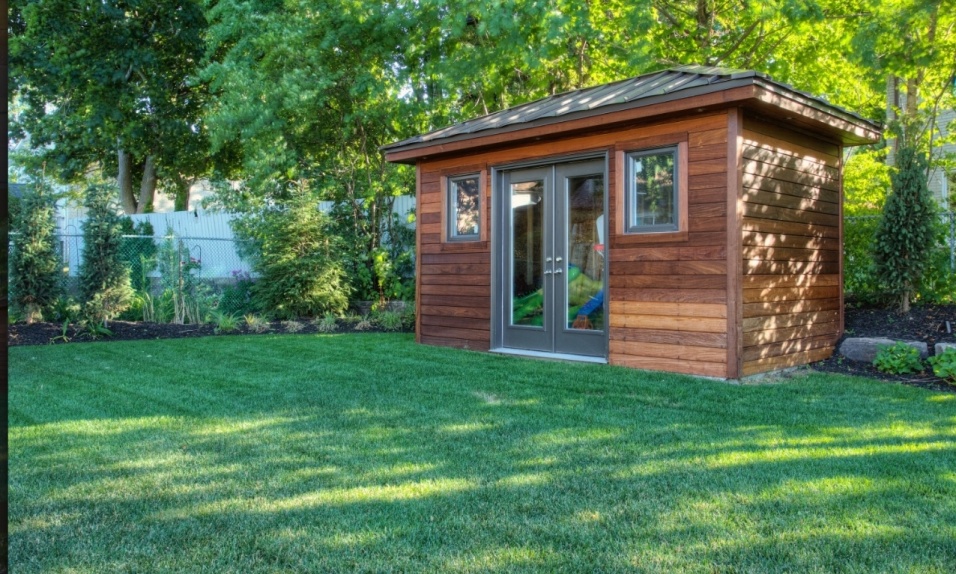
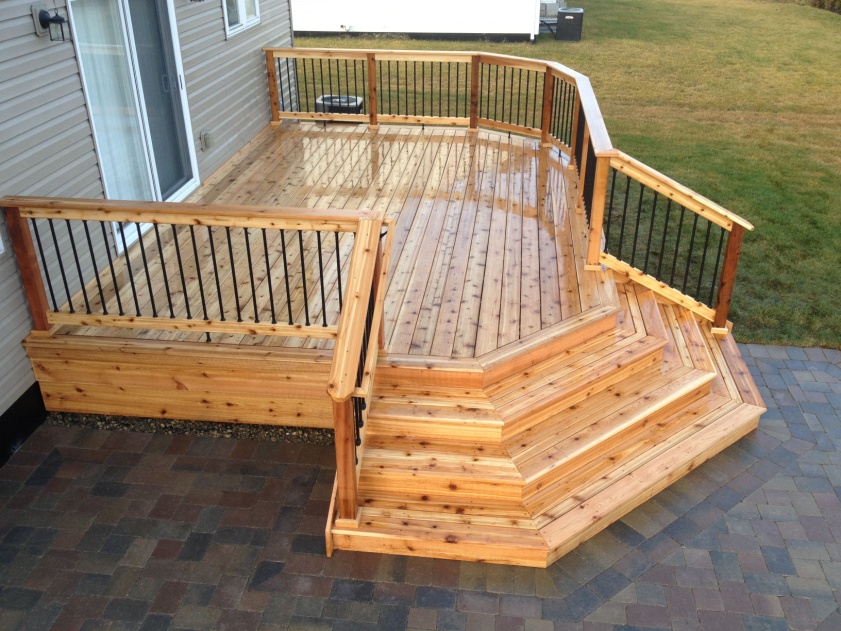
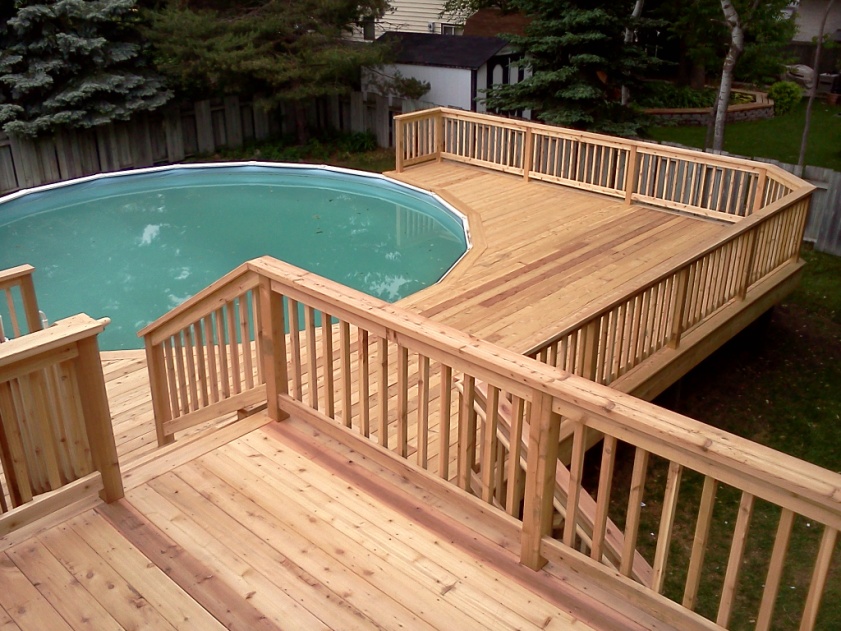
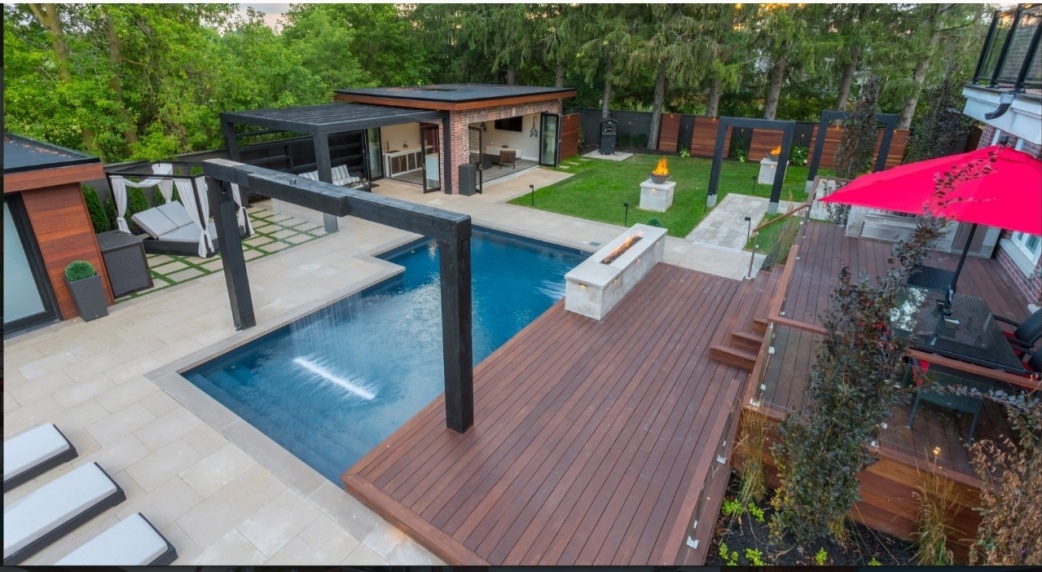
Benefits of wood decking
A lot of people prefer using wood when building their decks because it has a very naturally attractive look. Unlike fake paints, wood doesn’t need to be decorated or enhanced because it is already beautiful and attractive. Because of its natural attractiveness, you won’t have to worry about spending hours on accentuating your garden’s beauty as the wood will do the job for you.
Wooden decks can be made from different types of wood, such as timber, teak, Ipe (Brazilian walnut) and even parquet. You can also choose from a wide selection of finishes, for giving your wood a unique appearance. As the options and variety available for you are endless, you will without doubt be able to find something that compliments your garden furniture and the outdoor space.
When choosing to build a new deck, you have one very important decision to make. And there is no Right or Wrong answer.
What is better, wood decks or low maintenance decks? To find out, you must first look at each decking material individually.
Endurance, Reasonably priced material, Makes a beautiful, aesthetically look, Easily customizable with different coloured paints and stains.
All wood decks come with a 5 year limited warranty on workmanship.
Low Maintenance Decking
A newer trend in the decking industry, low maintenance decks provide a less stressful decking experience for homeowners. While the deck frame is still constructed with pressure treated lumber, the flooring and railings are PVC or vinyl – providing a unique look that requires considerably less maintenance than wood decking. There are several other advantages to low maintenance decking, as well.
Benefits of Low Maintenance Decking
PVC (polyvinyl chloride) and vinyl will never rot, warp or splinter, don't require staining and sealing. Available in an collection of colors strong and durable.
Both decking options provide a great way to add both beauty and value to your home. But at least now you know a little more about each decking material to make a well-informed decision.
Benefits of Composite Decking
A deck is an investment that adds value to your home, whether you choose natural wood or composite materials. And while cost is often the primary consideration when planning a deck project, it’s equally important to understand the value of what you’re getting.
You’ve probably already noted the difference in cost between composite decking and natural wood; composite materials are more expensive per linear foot. But here’s where it’s key to look at the whole picture. Protecting a wood deck’s aesthetics, longevity and value over the long-term takes much more effort and expense than that required to maintain a composite deck, which requires only a periodic wash with mild soap and water. Plus, most composite products are backed by extended warranties.
A wood deck requires regular power washing, sanding, sealing/staining and rot or damage repair. Whether you hire a contractor or perform the maintenance yourself, these costs will add up. And once you’ve factored those costs in, a composite deck can actually be less expensive in the long-run.
With that in mind, let’s take a more detailed look at the benefits of composite materials.
Ease of Installation
While wood decking is nailed or screwed down and very simple to install, composite decking manufacturers have created special fasteners that “disappear,” creating an free look. Hidden fastening systems often require no special tools and are easy to install, while colour-matched screws can make the installation more like wood. As long as you pay attention to special requirements like proper gapping, butt-joint installation and manufacturer-recommended fasteners installing composite decking is very similar to installing wood.
In addition, composite decking materials can be milled and cut just like wood decking. Most composite decking is available in 5/4x6 dimensional boards in 12', 16' and 20' lengths, and are designed to be installed horizontally over 16" on center framing or diagonally over 12" on center joists. Most are recommended to be installed at least 24" above the ground to allow ventilation below the deck. Many companies also manufacture matching railing systems and accessories such as trim boards and low voltage lighting to complement your composite decking design.
Low Maintenance
A major benefit of composite decking is that you will never have to stain, seal or paint it like wood materials. Most higher-quality synthetic decking materials are backed by a warranty against splitting, cracking, rotting and insect damage. Typically, major composite deck manufacturers have their code reports on their websites, which is the best place to get them, as you will always be using the latest version.
While composite decking will save you time, energy and money in the long-run, there is no such thing as a truly no-maintenance decking material. Any outdoor living space will require occasional cleaning of dirt and debris.
Durability
Traditional wood decks have an average lifespan of 10-15 years with routine annual maintenance depending on the quality of wood used and the effects of different climates. Composite decking, on the other hand, has an average lifespan of 25-30 years with only minimal upkeep in comparison to natural wood decking. This is partly due to it being made from materials that are resistant to weather, rot and insect damage.
Variety
Composite wood has come a long way in terms of variety, offering a wide array of natural-looking wood shades, hues and grains to suit almost any preference while complementing almost any architectural style.
What is Composite Decking Made of?
Most composite decking products are made out of recycled materials.
Polyethylene (HDPE or LDPE) plastic or PVC (polyvinyl chloride) mixed with wood fiber.
Performance
Today’s composite materials perform better than the original versions, which were more prone to damage from exposure to the elements, and could also be easily scarred from wear and tear. But thanks to new formulations and additions – such as special capstock protecting the board – composite materials are now many times more resilient. Be sure when you are reading reviews that evaluate the latest products and technology. A deck built with today’s composite materials is resistant to wear and tear, fading, color change and damage from the elements, especially water.
Aesthetics
Another improvement is the great variety of natural-looking colours to choose from, including many multicolored tones that realistically imitate exotic hardwood grain patterns. New lines of colours are added so frequently that many deck builders now refer to the ever-expanding design choices as "deck fashion."
Installation Features
Most of Composite deck boards have feature called the “hidden clip system” for easy fastening. Over the years, composite decking has proven its value, evolving into a go-to decking material for more homeowners and commercial contractors alike because of its low maintenance, long-term benefits, and durability.
To find the best composite materials and installation service for your future deck, contact WOODEX.
Remember there is no such thing as a truly no-maintenance material. Any outdoor living space will require occasional cleaning of dirt and debris.
